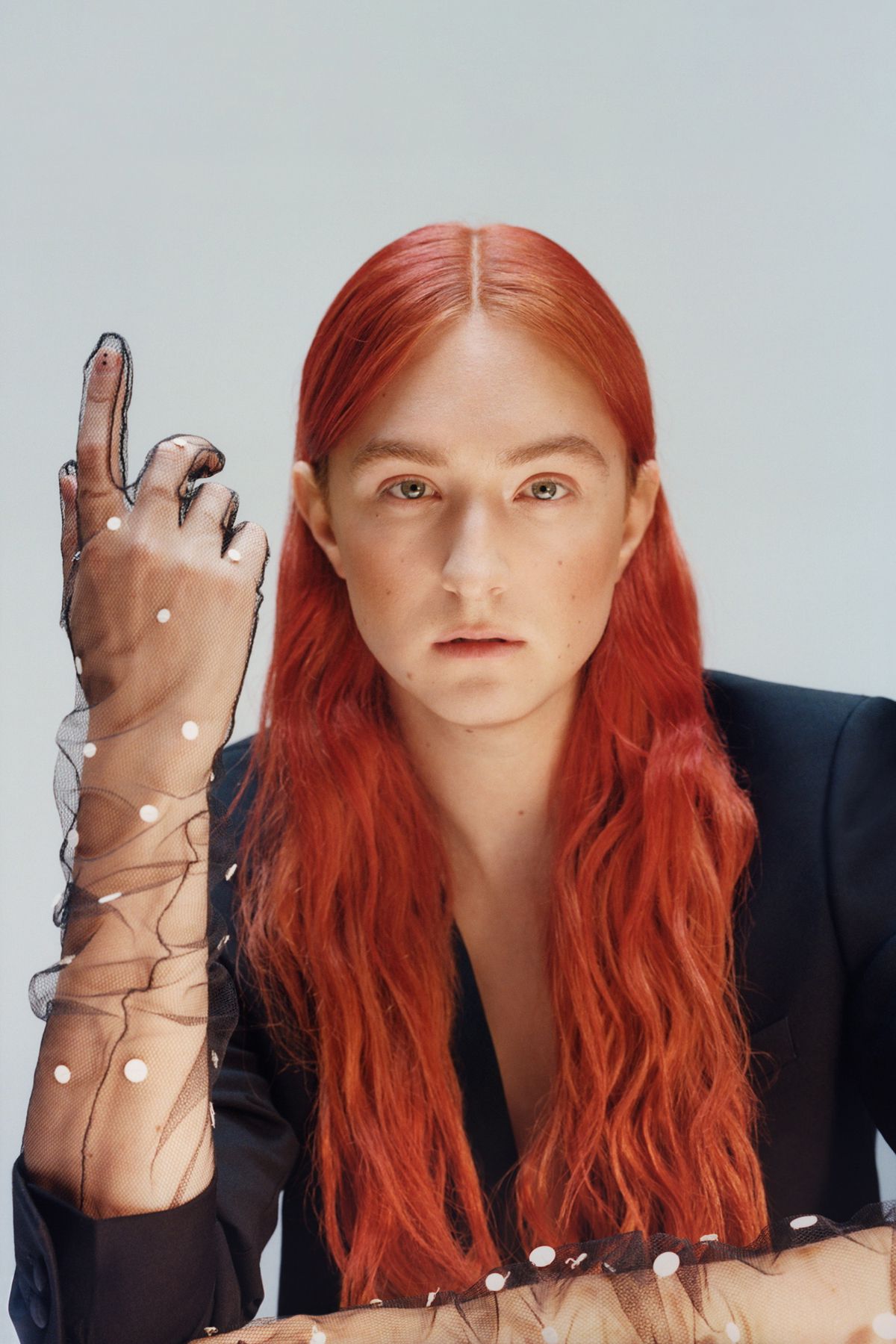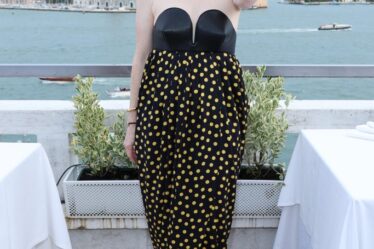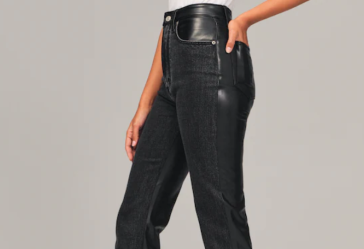
Nina Ricci, the 90-year-old French fashion house owned by Spanish fragrance conglomerate Puig, has named a new creative director and business chief.
Harris Reed — known for his fantastical, historical, gender-fluid creations — will join the company as creative director, effective immediately. His first collection will be shown in Paris in early 2023. Edwin Bodson, most recently global commercial director at JW Anderson, is taking the helm of the business as general director.
Los Angeles-born, London-based Reed is the latest in a string of designers to try and re-energise the fashion house, known for its apple-shaped perfume bottles, retro cloche hats and ladylike silhouettes.
As an outspoken LGBTQI+ advocate who is passionate about pushing gender-fluid fashion into the mainstream, Reed is likely to shake up the brand, whose traditional French take on femininity is increasingly out of step with today’s consumers. At the same time, Reed is a dedicated researcher whose interest in historical costume could lead him to leverage the brand’s decades-long archive.
“I am truly excited to challenge the landscape of what femininity means across fashion and beauty in such an iconic house,” Reed said in a statement.
“As a gender-fluid designer rejecting norms in a quest for freedom, Harris’ singular vision of magnified femininity will span across Nina Ricci,” added Bodson.
The 26-year-old Reed replaces Rushemy Botter and Lisi Herrebrugh, the Antwerp-educated, Andam prize-winning duo behind Botter, who exited the brand in January after three years.
Botter and Herrebrugh landed on a recognisable signature for Nina Ricci with their oversized, neon update on the brand’s felt hats. But its Avenue Montaigne flagship in Paris was shuttered (replaced by a shop for Puig-stablemate Paco Rabanne) after sales struggled to take off, then collapsed during the pandemic, causing the brand to go “digital first.” Other past creative directors at Nina Ricci include Patou’s current designer Guillaume Henry, Peter Copping and Olivier Theyskens.
Nina Ricci’s “Air du Temps” scent was a top-10 fragrance in Europe until at least the late 1990s, when Puig acquired the brand, but the brand’s market share has since slipped.
One of the industry’s brightest rising stars, Reed has garnered buzz and attention for elaborate and eye-catching creations worn by A-List names like Harry Styles, Beyoncé and Adele, catapulting gender-fluid fashion into the spotlight.
Interest in his viral designs (including ones worn by Harry Styles in U.S. Vogue) has helped market popular tie-ups with accessible brands like MAC make-up and jewellery label Missoma. It’s the sort of halo effect that would be one definition of success at Nina Ricci for fragrance-focused Puig, and could support potential moves like expansion into colour-cosmetics.
Puig made headlines in recent months with its $1 billion acquisition of niche fragrance label Byredo, as well as reportedly entering talks to launch beauty for the hot French brand Jacquemus.
Recent years have also seen Puig experiment with different models for its apparel businesses.
Acquiring Dries Van Noten in 2018 gave the group exposure to a significant ready-to-wear business, offering the company more inroads into the supply chain for designer apparel and accessories. Jean Paul Gaultier, on the other hand, replaced its seasonal fashion business with one-off collaborations with a rotating casts of designers. Carolina Herrera — one of the group’s most successful fragrance businesses — continues to produce a ready-to-wear and custom line in New York, as well as a diffusion line “CH” which is produced via license.
Additional reporting by Robert Williams.



